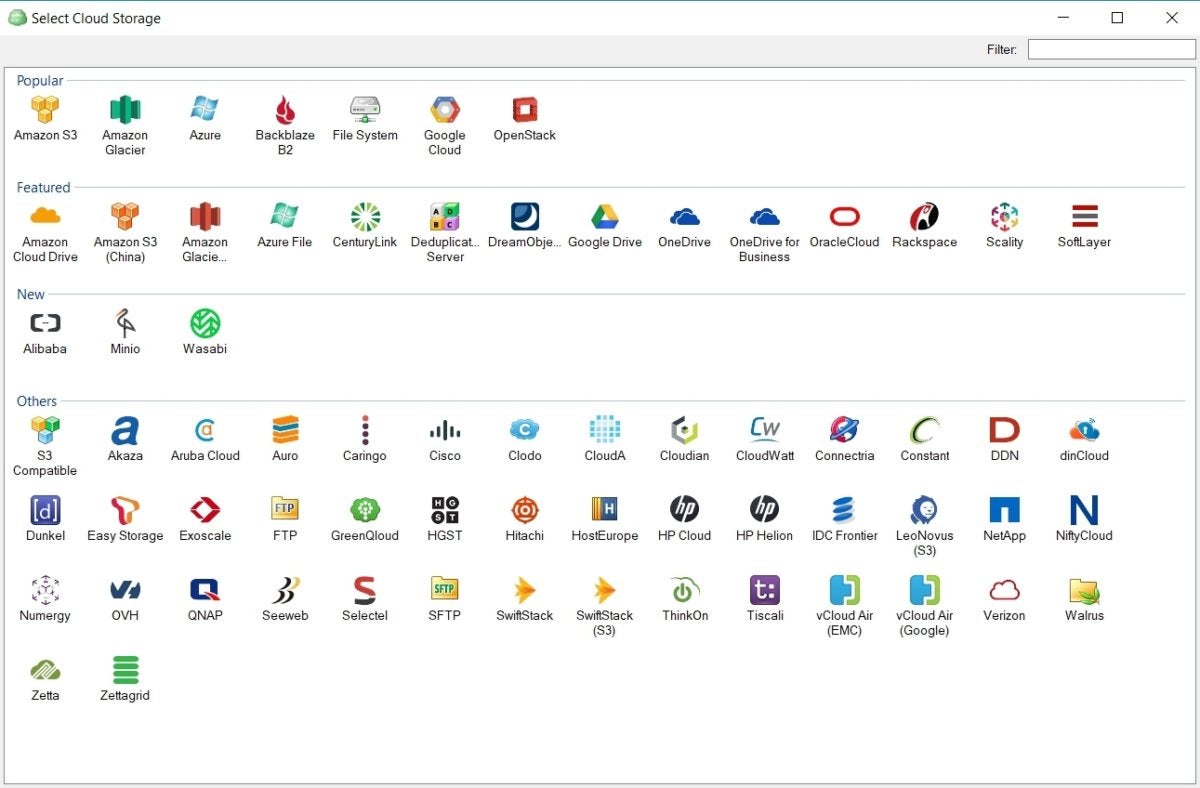

- #Cloudberry backup types license key#
- #Cloudberry backup types pro#
- #Cloudberry backup types software#
#Cloudberry backup types software#
Installationįrom the CloudBerry website, you can download the software binary package for Ubuntu 12/14/16, Suse 11/12, Red Hat-CentOS 6.x/7.x and Fedora 12/21.Īs I’m using a genuine Debian system- my guess was the Ubuntu version will work. We will try that at the end of the article.įor the backup storage, I used both a locally mounted disk and a Google Cloud Storage bucket.

In addition, I’ve setup a similar restoration target, but without the data in order to check the ability of CloudBerry Backup to recover a data on a different machine after a disaster. The system was setup as a file server running NFS and holding 6.5GB of data with a typical distribution of files of various size and types. Review setupįor this review, I used a fresh and minimal Debian 9.0 system running on a virtual machine with 4GB or RAM. I can only assume the “Standard Edition” is, in fact, the “Pro version” as described on the website.
#Cloudberry backup types license key#
It was for the “CloudBerry Backup for Linux Standard Edition” according to the email containing the license key I received. So, finally, you only have to pay if you plan to use the product for relatively large backups or if you need advanced features like encryption.įor this review, we’ve obtained a complimentary license. After that time, you will have to pay an extra 20% of the price for one more year of upgrades.įor what I understood, you can always use the “free license” to restore your data. With a paid license you gain free access to all updates of the software for one year. So, if the license price is “one time fees” per computer- you have to add the storage price to estimate the total cost of ownership of that solution. Buying or renting the actual storage is up to you. Speaking of that, CloudBerry only provides the backup solution. Independently of eventual storage limitations imposed by your storage provider. Those limitations are limits enforced by the software. But it raises at 5TO for the “Pro” version and is unlimited for the “Ultimate” version.
#Cloudberry backup types pro#
Pro version: Comes with advanced features: compression and encryption.Comes with most of the features of the PRO version, such as flexible scheduler and retention policies. Freeware version: Designed for personal use only.

The currently available versions are (copied straight from the website): The Linux version is much less expensive than its Windows counterpart and even come as a “freeware” for personal use. But don’t panic: you won’t have to pay for that since there are free licenses available. But you will not be able to perform a backup until you’ve obtained a license. Getting CloudBerry Backup for LinuxĬloudBerry Backup for Linux can be freely downloaded from the editor website. Anyway, that’s how I would use it in “corporate” environment to manage backups on a server for example, or when working remotely through ssh. So I decided to focus today on the command-line interface while reviewing that product. The GUI interface is rather intuitive as you can see by scrolling through the product page. The tool provides both a GUI and a CLI interface. It’s a solution provided by CloudBerry Lab for “corporate and personal use”. Today I will review the CloudBerry Backup for Linux. Cloud-based Backup solutions have the wind in their sails.


 0 kommentar(er)
0 kommentar(er)
